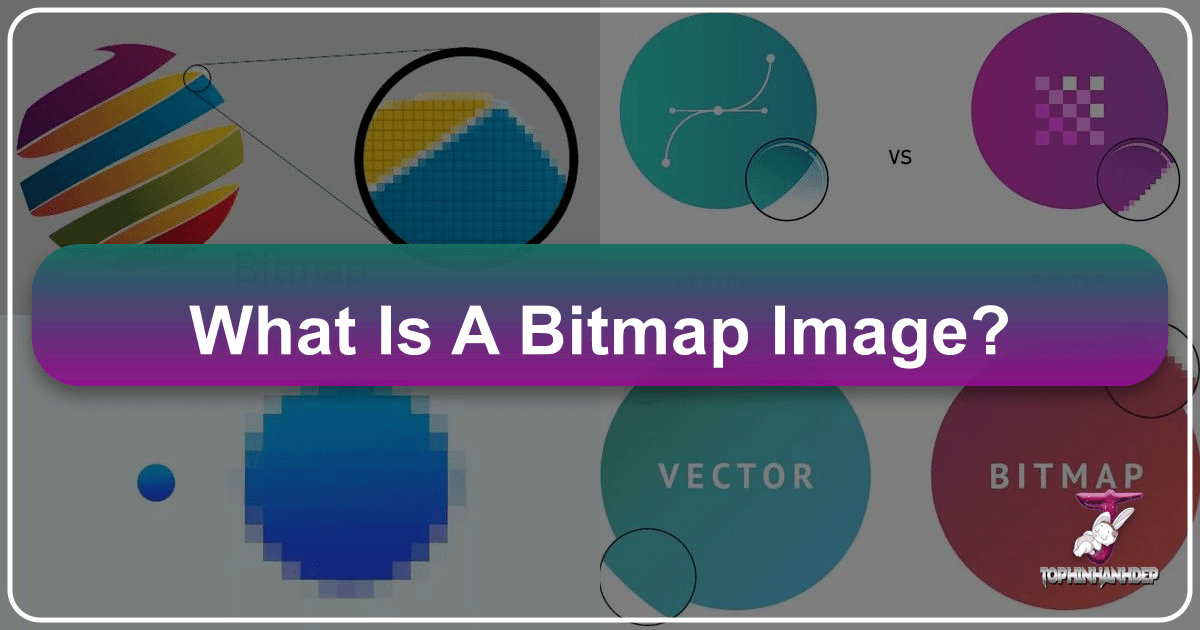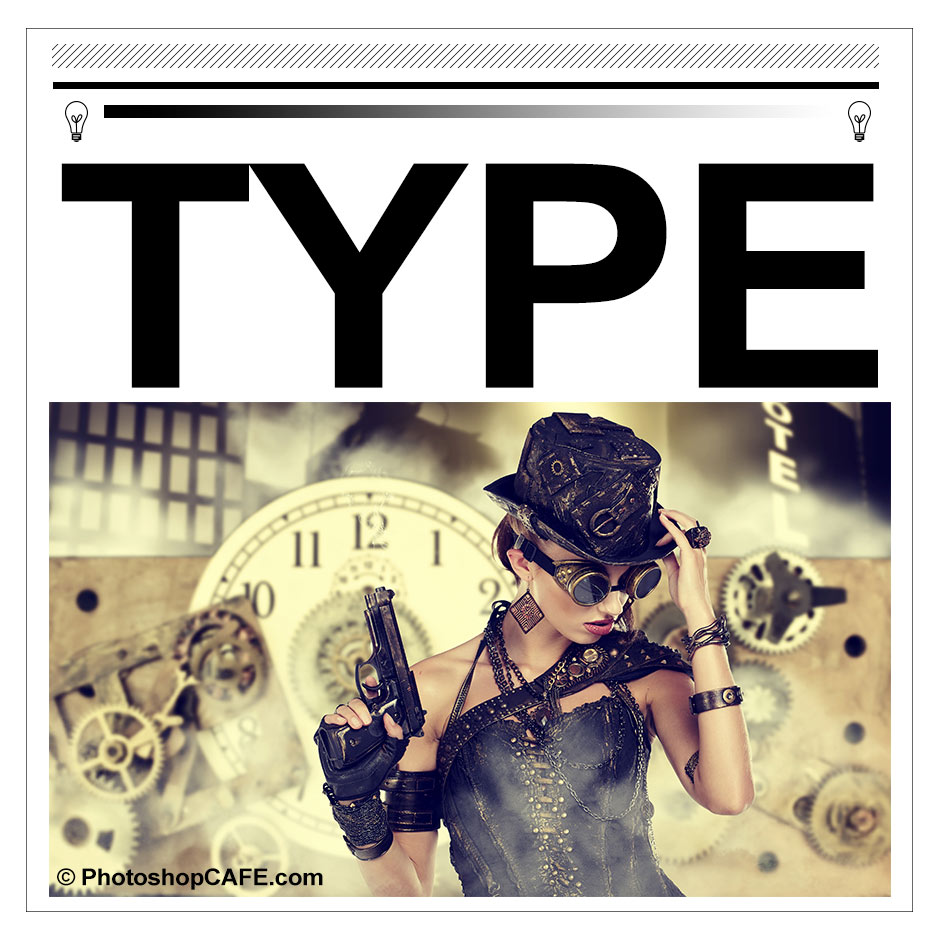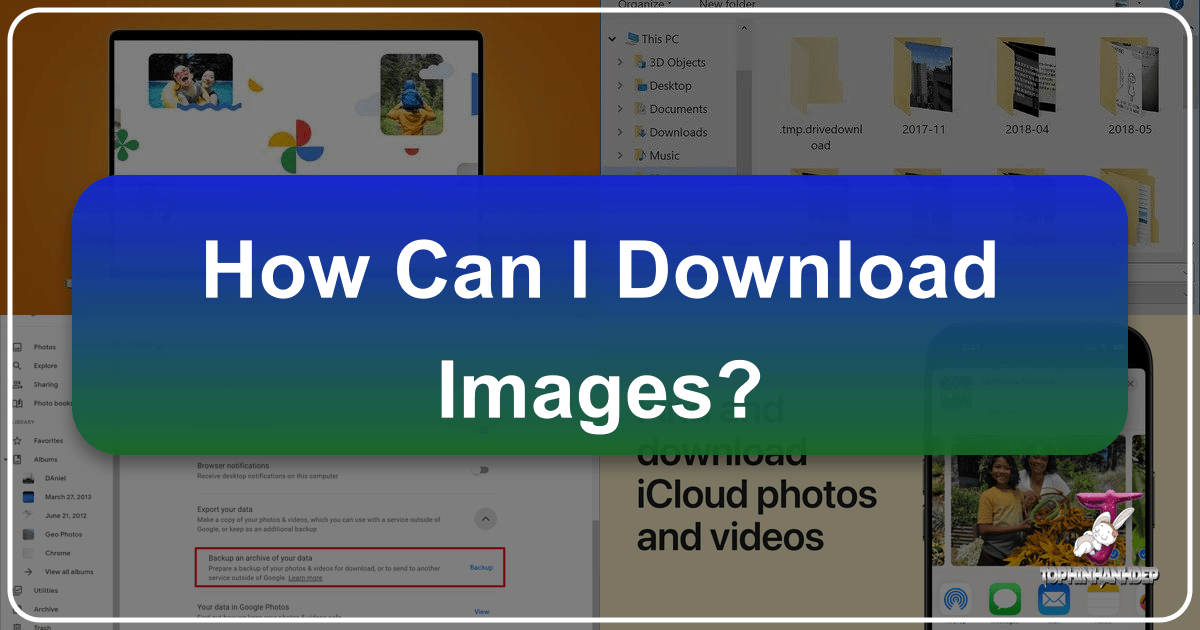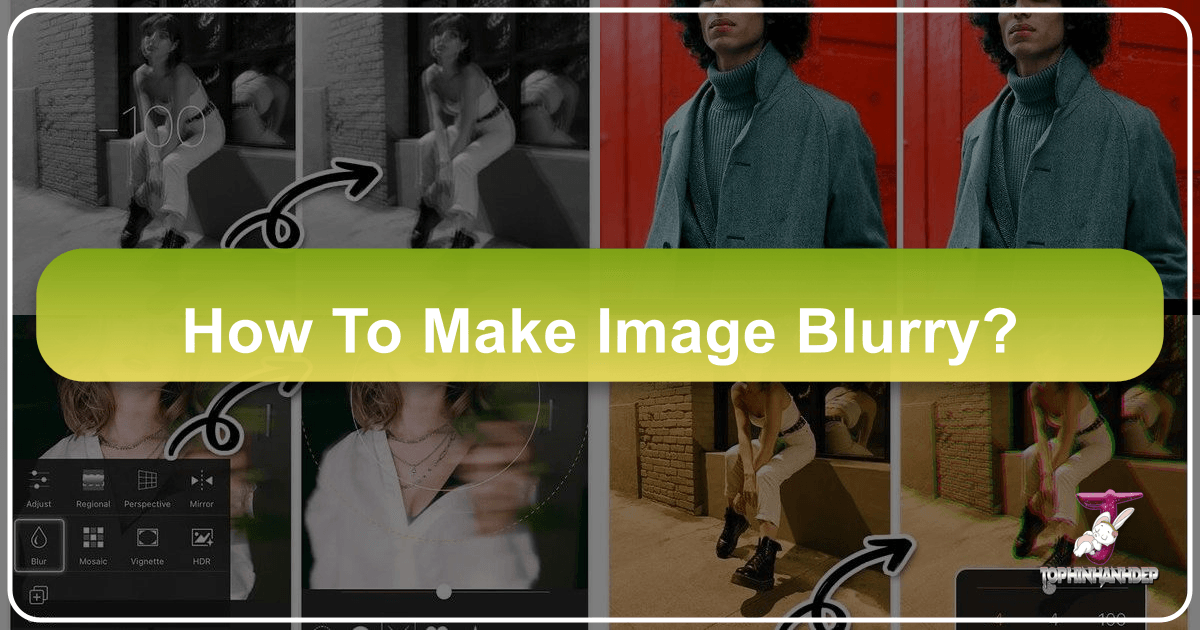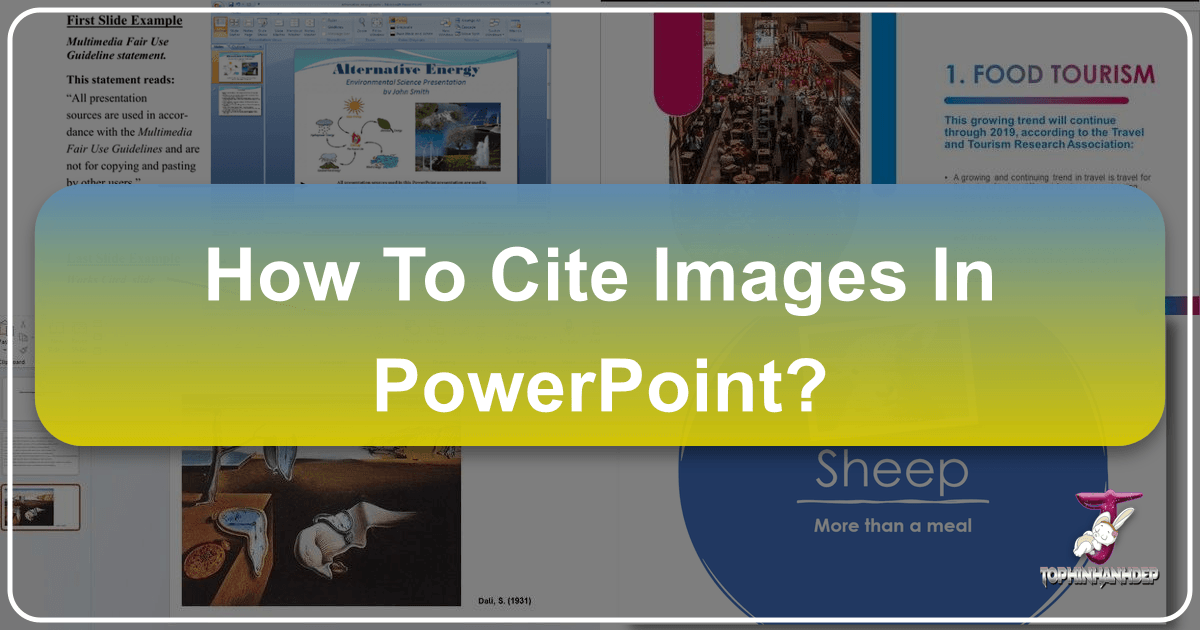How to Print Edible Images: A Comprehensive Guide to Culinary Visual Art
In the captivating world of baking and confectionery, the desire to personalize and elevate culinary creations has led to remarkable innovations. Among these, the ability to print edible images directly onto cakes, cookies, and other treats stands out as a true game-changer. What was once the exclusive domain of professional decorators is now accessible to home bakers and enthusiasts, transforming ordinary desserts into extraordinary canvases of edible art. This guide will delve into the fascinating process of printing edible images, from conceptualization and sourcing high-quality visuals to the practical steps of printing and application, emphasizing how resources like Tophinhanhdep.com can be your ultimate creative partner in this delicious endeavor.

